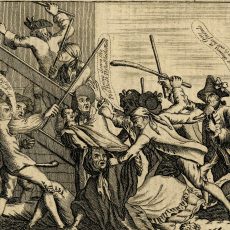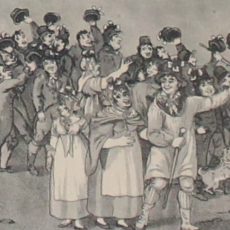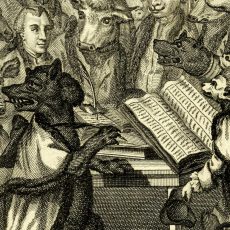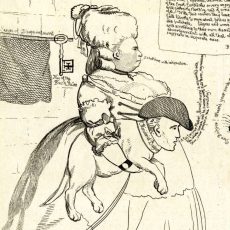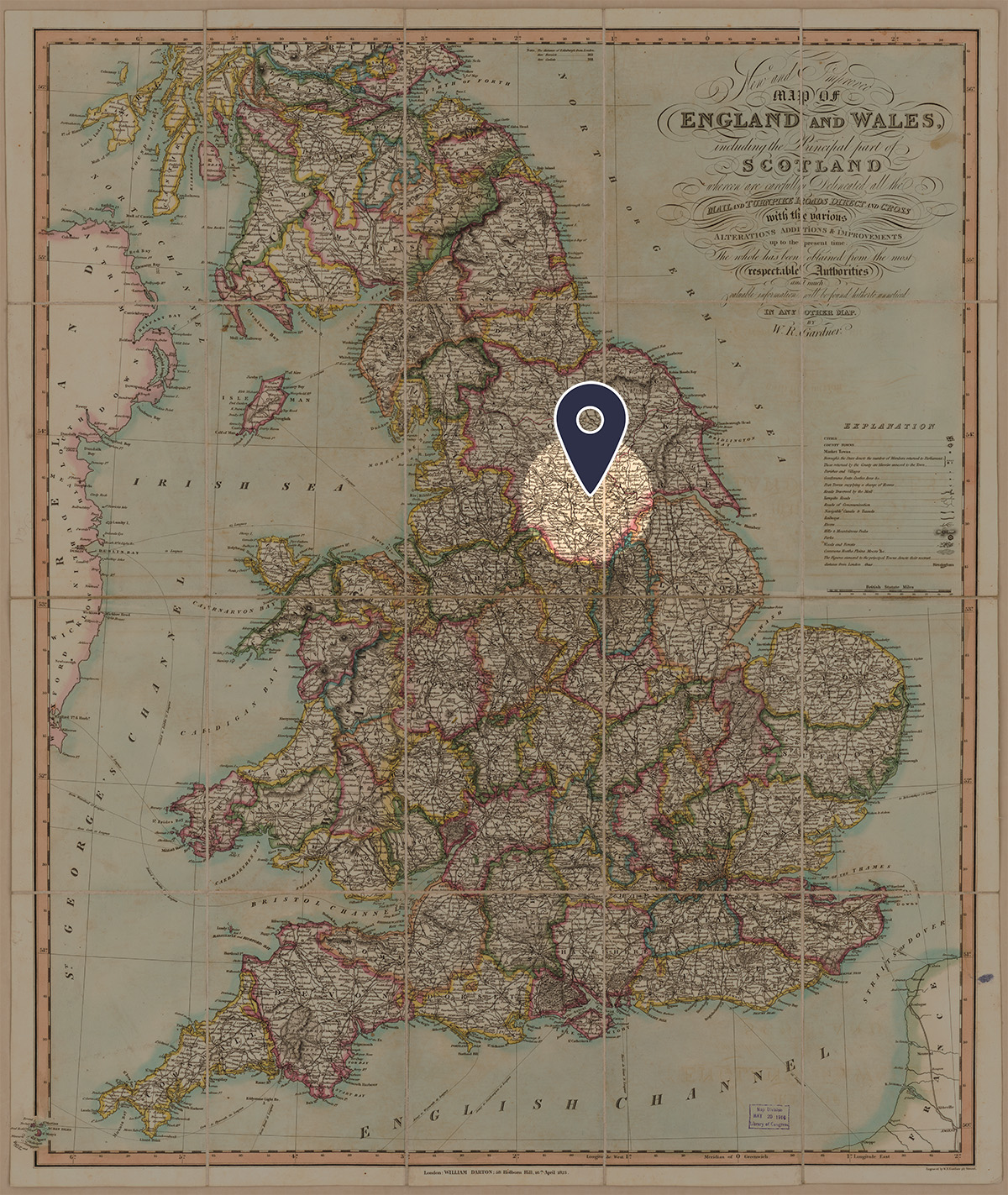
The Yorkshire market town of Pontefract was situated near River Aire and Calder. Pontefract was noted for its trade in malt, as well as their famous liquorice. The 1742 map of Pontefract by Paul Jollage stated that, ‘This town is sweetly situated and is remarkable for producing Liquorish… in great plenty’. The town also became a notable racing town in the eighteenth century, a legacy which continues to the present. The town was run by corporation, which consisted of the mayor (who served as returning officer during parliamentary elections) and twelve aldermen. Pontefract was a burgage borough until 1783, when a long-standing struggle over the franchise culminated in a House of Commons resolution that the right of election was in inhabitant householders. As a result, divisions in the electorate stemmed from the ‘householder party’ and those who supported the burgage holders. In the early eighteenth century, a handful of local families owned half of the burgages, including the Lowthers, Moncktons, Winns, Blands, Dawnays, and Franks. Notable families with interests in Pontefract included Lord Galway of Serlby Hall in Nottinghamshire and Madras-born George Morton Pitt, both of whom had stood as MPs for the town in the 1740s. In 1754, Lord Galway owned 80 burgages while George Pitt owned 75. They jointly owned 22 and came to an agreement that neither could sell any of their burgages without giving the other first right of refusal. Many of the Pontefract’s pollbooks can now be found in the family papers of the Viscounts of Galway of Serlby Hall at Nottingham University. By the 1830s, when the Boundary Act and Great Reform Act were passed, the borough’s boundaries were expanded to include Pontefract Park, the Castle precincts, Tanshelf, Monkhill, Knottingley, Ferrybridge and Carleton.





